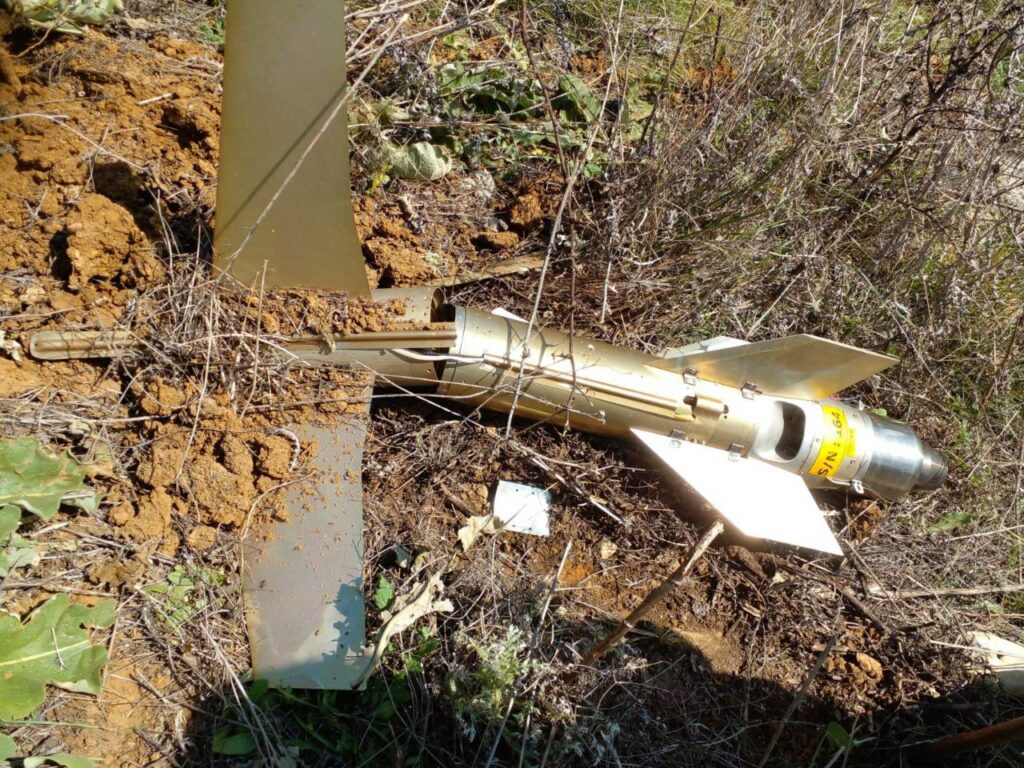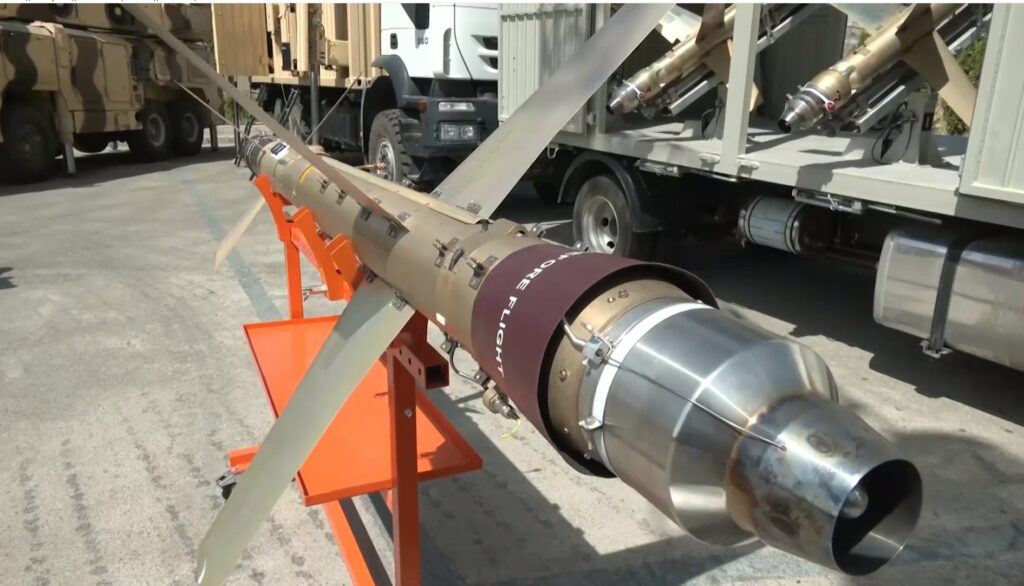Written by Yair Ramati and Yaakov Lappin
The Iranian-made 358 missile, also known as Saqr (Hawk) in Yemen, or SA-67 system, is an advanced anti-aircraft interceptor with an electro-optical warhead.
First revealed by Iran in 2019, it has been reported as an effective weapon used by the Houthis in Yemen, pro-Iranian militias in Iraq, and Hezbollah in Lebanon.
This unique jet-powered weapon has been effective in downing UAVs, including an American MQ-9 Reaper over Yemen on November 8.
The United States Navy has in the past intercepted weapons-smuggling ships that were delivering 358 missiles to the Houthis in Yemen.
The 358 missile represents a significant step up in air defense capabilities for the Iranian-led radical axis and could complicate aerial operations for opposing forces, adding a new dimension to the regional balance of power.
Any erosion of air dominance could prove to be a critical development in Western power projection capabilities, especially in the utilization of Medium Altitude Long Endurance (MALE) UAVs. Similar lessons were learned by both sides in the Ukraine-Russia war
Israel holds a significant aerial advantage over its adversaries, including Hezbollah, thanks to its air power and precision stand-off munitions supported by quality intelligence. However, Iran has been working to bolster both its own air defense capabilities, and extend these air defense improvements to its proxies like Hezbollah, the Houthis in Yemen, and forces in Syria. This includes deploying advanced anti-aircraft systems and MANPADs (man-portable air defense systems), as well as unique 358 interceptor missiles that are effective against helicopters, light aircraft, and medium-altitude UAVs.
Hezbollah, in recent years, has made significant efforts to upgrade its air defense arrays, relying on massive Iranian support, though the specifics of its arsenal remain somewhat unclear.
Reports suggest the acquisition of MANPADS, Iranian-made electro-optical-guided 358 interceptors, and radar systems of unknown types are part of this force build-up effort. These systems are likely aimed at achieving dual objectives: intercepting aerial threats and implementing an Anti-Access/Area Denial (A2/AD) strategy over Lebanon.

The effectiveness of these air defense capabilities has been demonstrated in Yemen against Saudi UAVs and F-15 jets, possibly used to down a Saudi, Chinese-made UAV in 2020.
Notably, Hezbollah has attempted to attack Israeli military UAVs using these advanced 358 electro-optical missiles on several known occasions since October 7. Eventually, Israel used its air defenses, most likely, Iron Dome interceptors, to shoot down the surface-to-air jet-powered 358 missiles and protect Israel’s UAVs.
On October 25, October 28, November 1, November 12, November 18, and December 16, the IDF announced that its Aerial Defense Array intercepted surface-to-air missiles fired from Lebanon at Israeli UAVs – and it is fair to assume these were 358 missiles. Also on December 20 such missiles may have been fired at Israeli helicopters.

Hezbollah claimed a “successful interception” of an Israeli UAV
On November 12, for example, the IDF Spokesperson Unit stated (Continuing on Hezbollah’s claim), “Earlier tonight, a surface-to-air missile was launched from Lebanon toward an IDF UAV. In response, the IDF struck the terrorist cell that fired the missile and the launch site. There was no damage to the UAV.”

In the photo: the remains of a 358 missile that was fired by Hezbollah and fell in Lebanese territory.
Currently, Israel can counter these unique interceptors, often fired from improvised rail launchers, with its Iron Dome batteries.
However, the evolving threat of air defense capabilities necessitates adaptations by the Israeli Air Force to deal with these threats. The development of Hezbollah’s air defense, especially the 358 interceptors, signifies the beginning of an A2/AD strategy ( Anti Access Area Denial) that, if further developed, could pose a significant challenge to Israel’s air superiority.
Yair Ramati is the former Director of the Israel Missile Defense Organization, the Defense Ministry agency in charge of the development, production, and delivery of missile defense systems to the State of Israel.
Yaakov Lappin is a research associate at the Alma Center, in-house analyst at the Miryam Institute, and a military correspondent at JNS.






